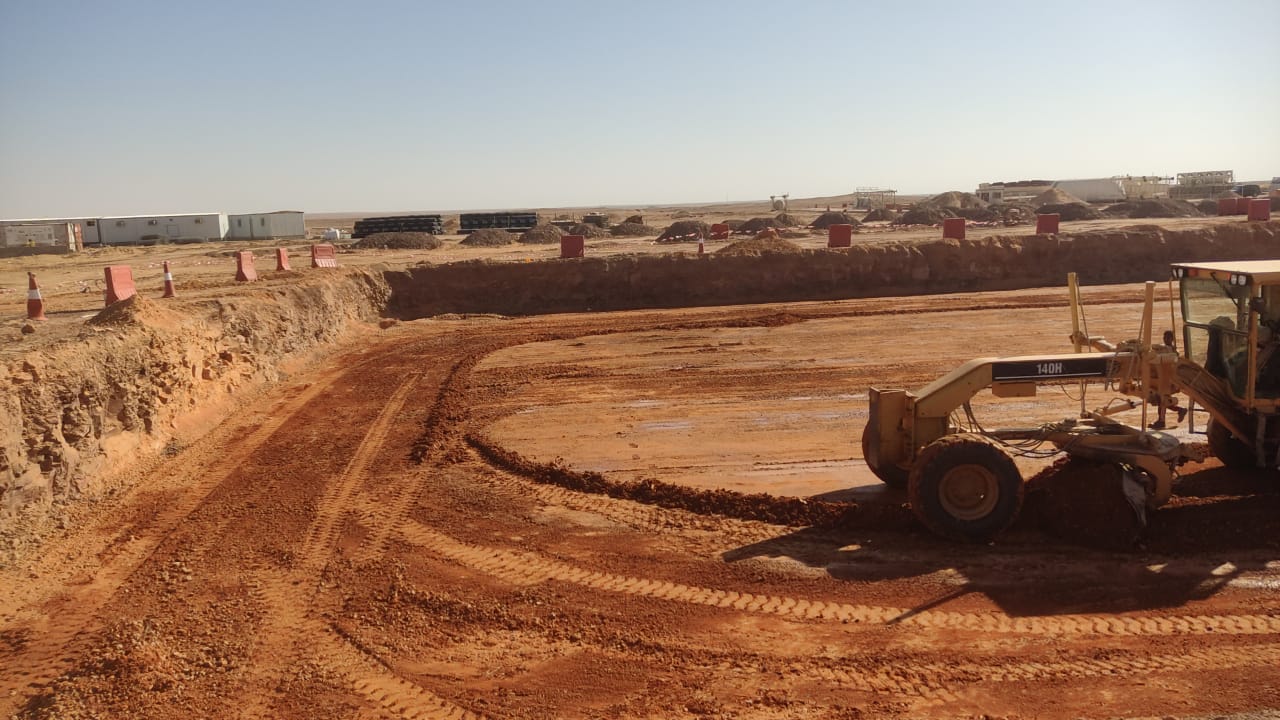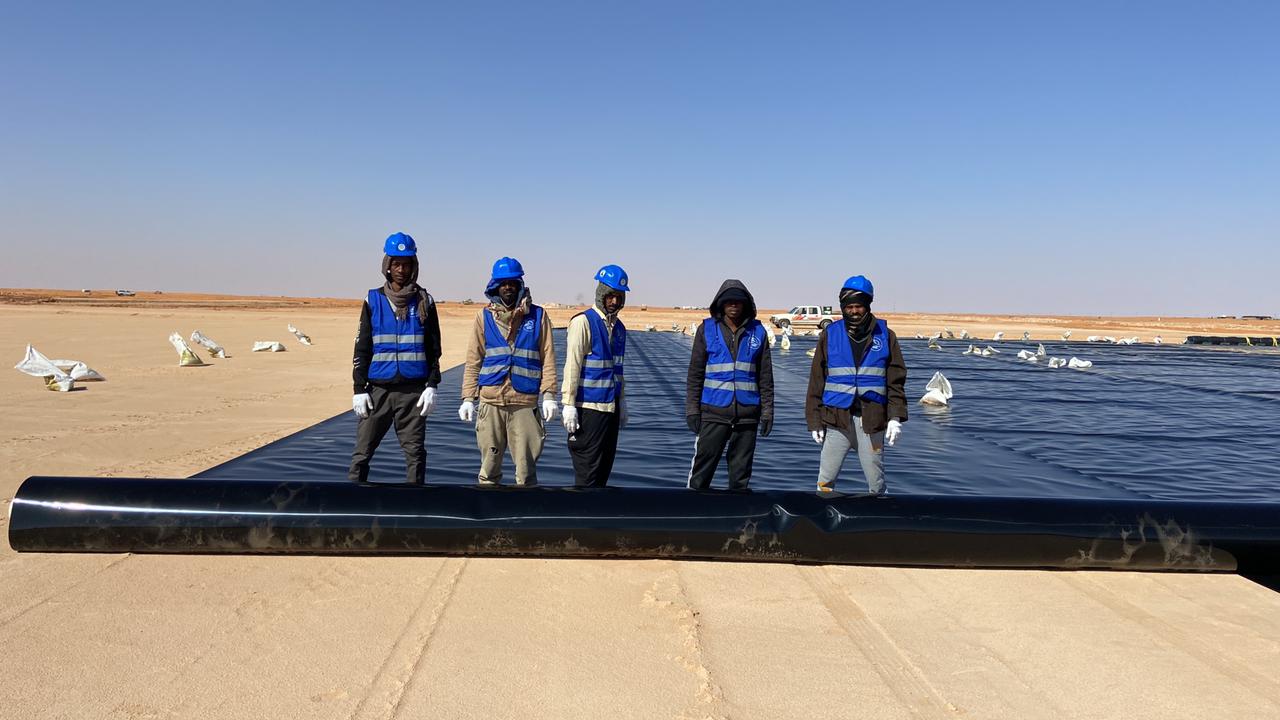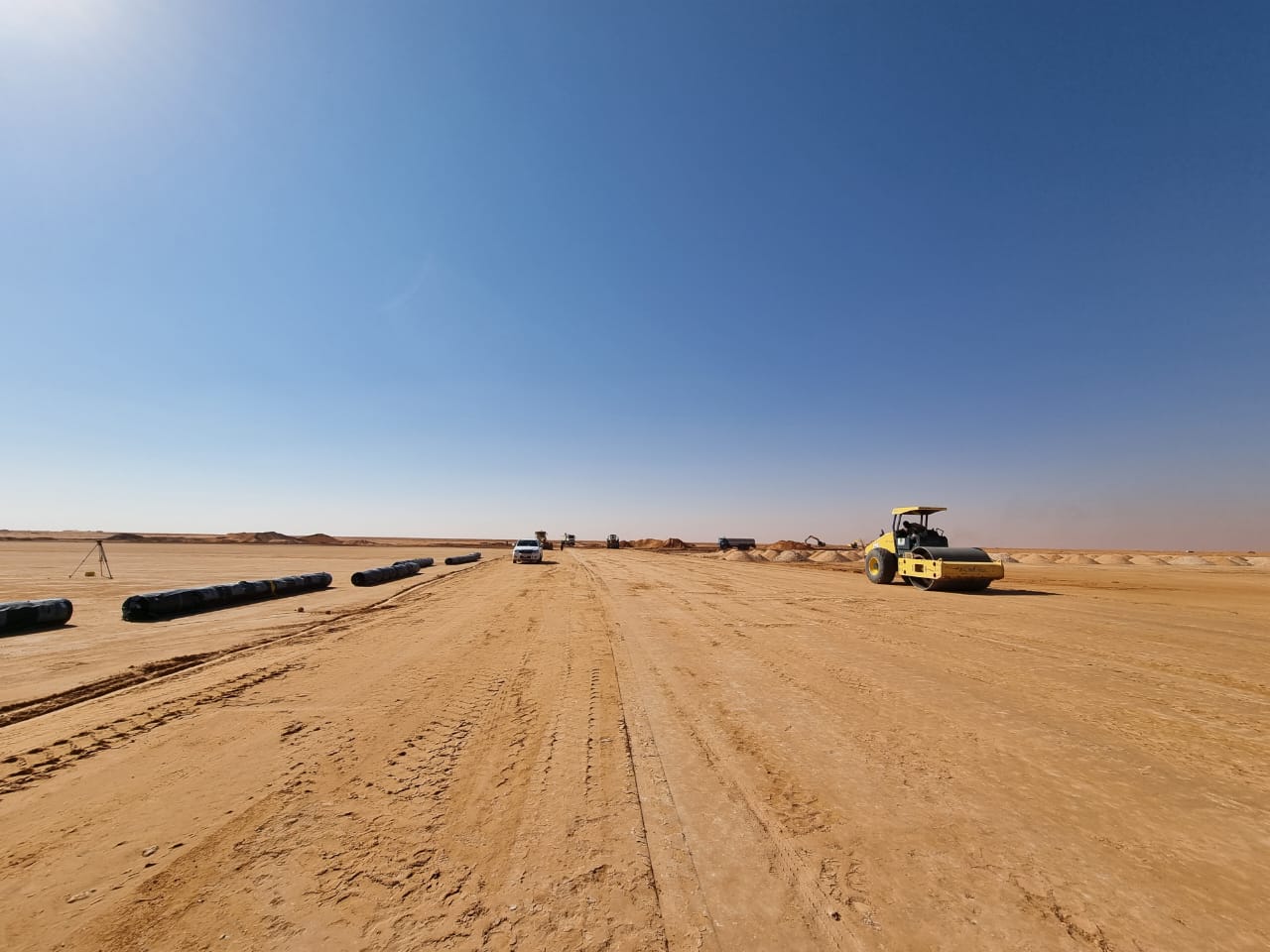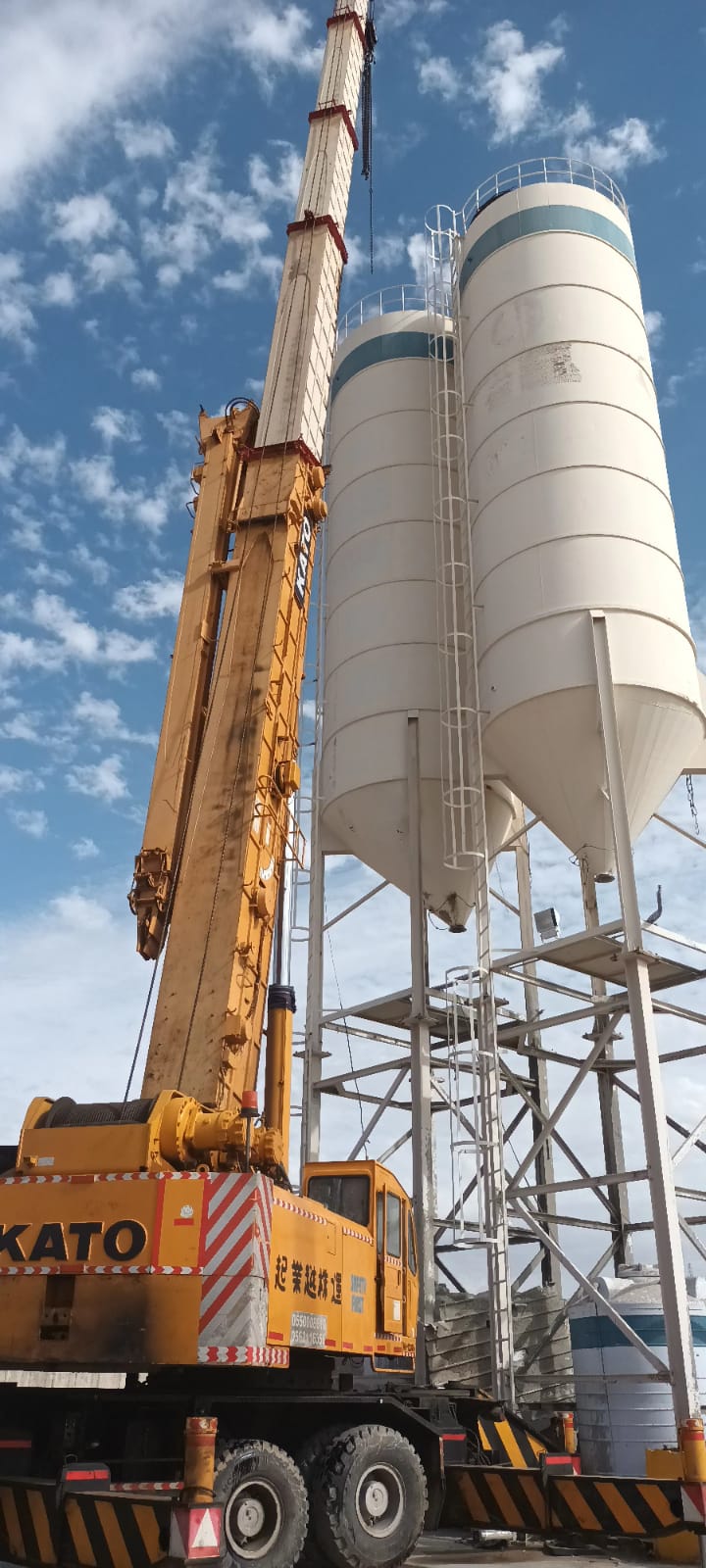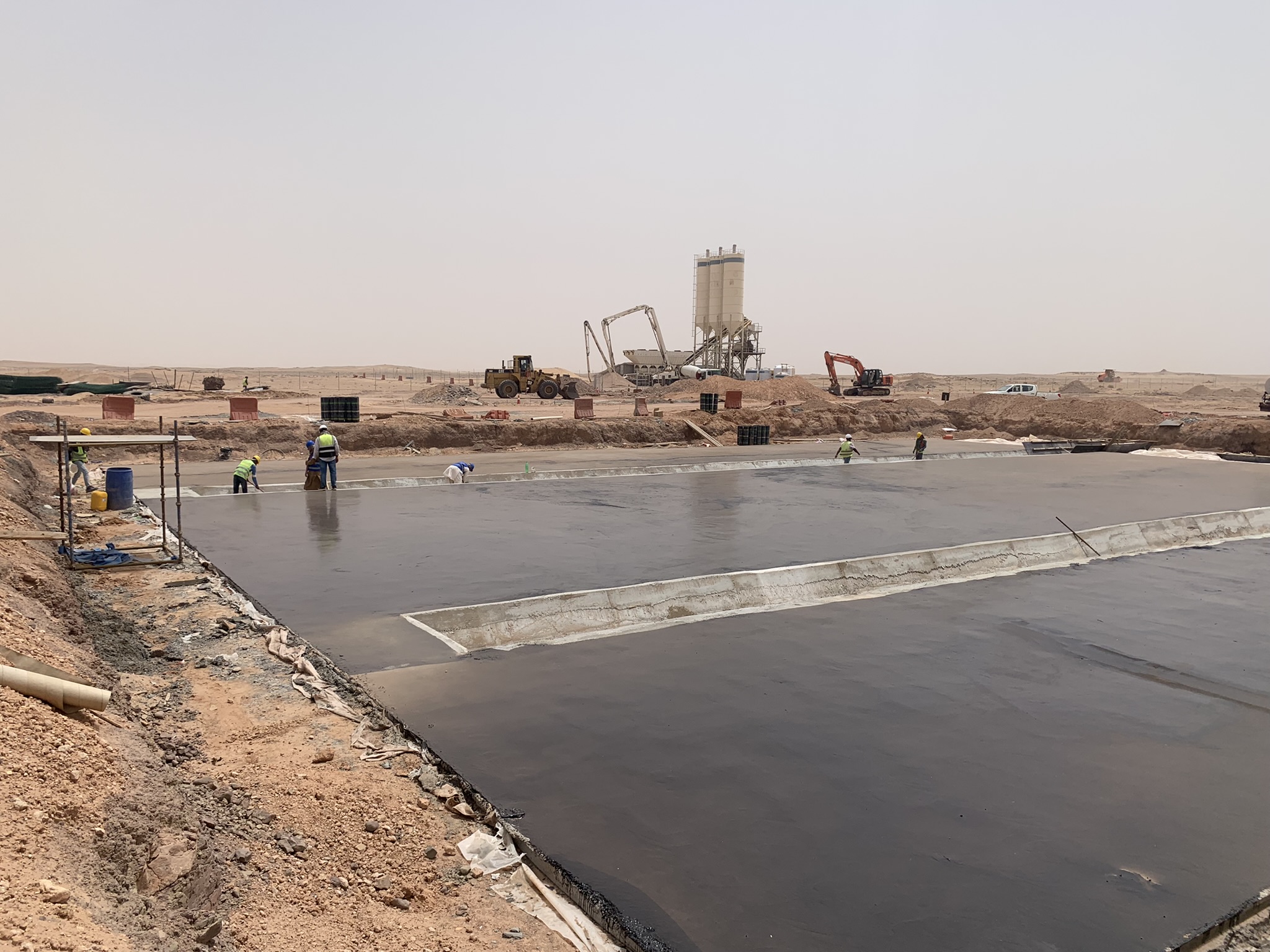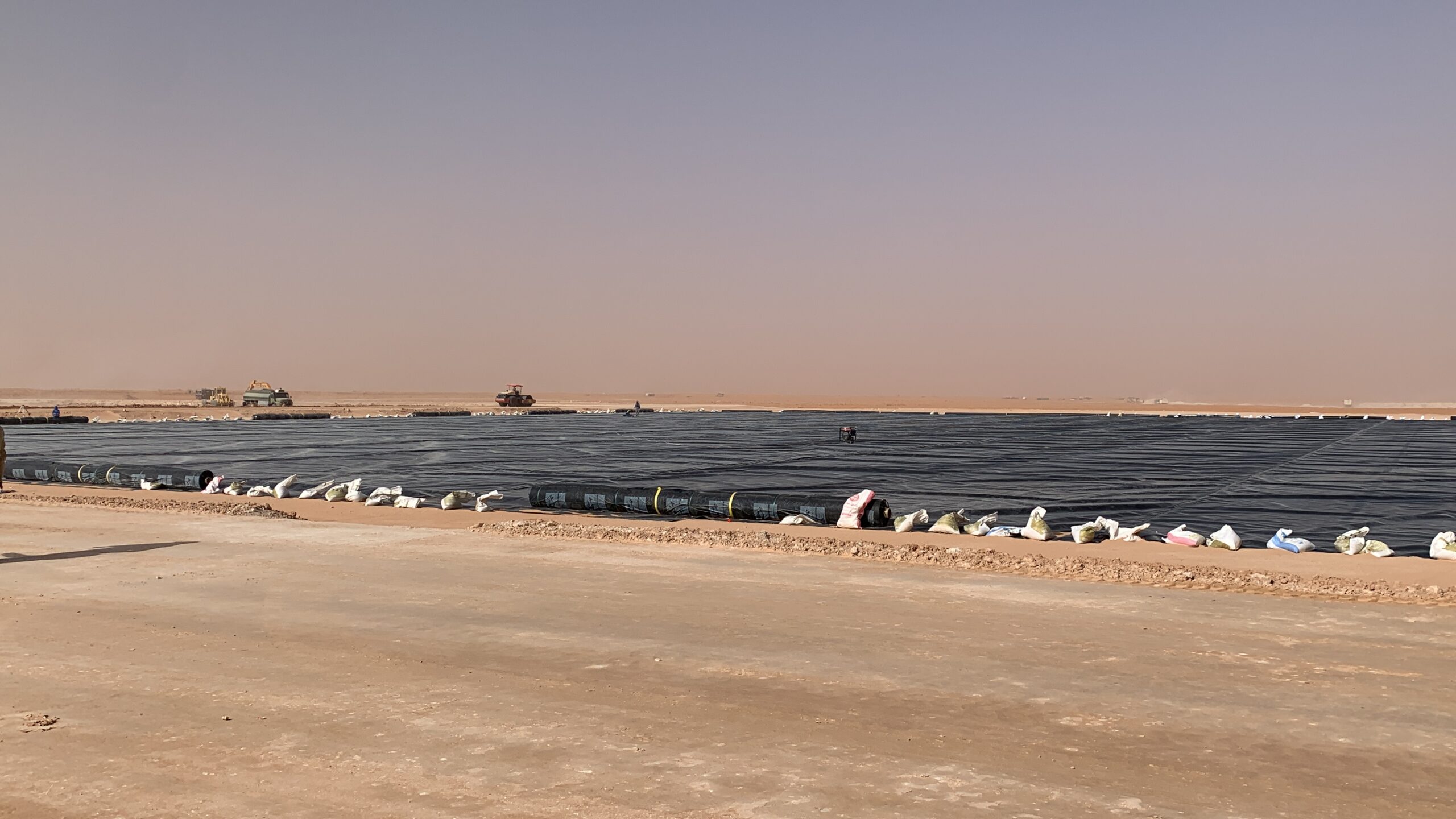Ajfor and turbah Water Treatment Plants at Hail
مشروع انشاء محطات تنقية المياه بمنطقة حائل هو احدى مشاريع شركة المياه الوطنية اللتي تخدم منطقة تربة والاجفر في مجال تنقية المياه ويشمل جميع الاعمال الانشائية والمعمارية والالكتروميكانيك.
The project of establishing water purification plants in the Hail region is one of the projects of the National Water Company that serves the Turbah and Al-Ajfar area in the field of water purification and includes all construction, architectural, and electromechanical works.



